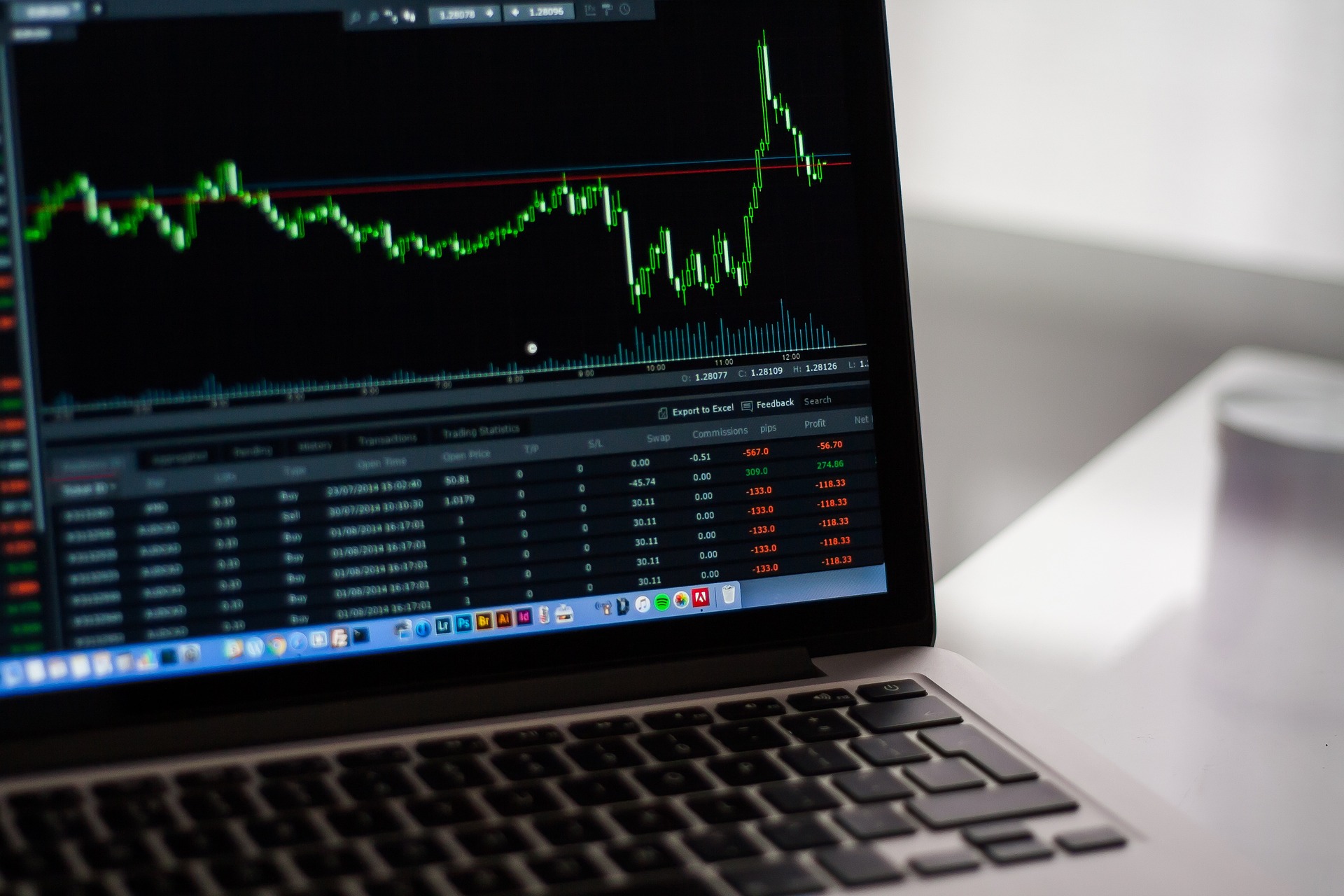What will happen to the Treasury market

US bonds: markets still under pressure for liquidity. Comment by Steve Boothe, Fixed income portfolio manager, T. Rowe Price
As fixed income investors, we have described the current macro environment as a fragile equilibrium. US nominal GDP is slowing, but remains robust. Inflation is also slowing, but remains at high levels. The macroeconomic data are good overall, but not exceptional. In this context, prices in bond markets appear to be influenced by other dynamics, in particular underlying liquidity, which remains the most influential factor.
Volatility in the Treasury market
Credit inflows remained robust, as did stock market inflows. This is one side of the equation. The supply of financial assets, however, outside of government bonds, is decreasing. It is no surprise that we are seeing concentrated volatility in the Treasury market relative to other asset classes, particularly at the long end of the curve. Credit is a great example. In the current phase of the cycle, credit volatility is very low, mainly thanks to liquidity dynamics and the balance between supply and demand for credit assets.
The Treasury market is the opposite. We are in an environment where some of the largest buyers of US Treasuries, such as banks, central banks and other institutional investors, have withdrawn and we are running large budget deficits, so the imbalance between supply and demand is creating volatility outsized within the Treasury market. The severe supply-demand imbalance that has exacerbated government bond volatility leads us to wonder when (and if) this volatility will migrate to other asset classes.
Decrease in credit availability
The decline or decrease in credit availability is linked to the increase in rates. Many companies stopped long-term financing when rates were much lower and now only a few intend to refinance in the market, as rates will remain higher for longer. The high-yield bond market has seen a wide spread between the market rate and the average coupon rate. And so, companies have done a great job of paying off liabilities in 2020 and 2021. The refinancing window has been pushed far out in time, and now they're reaping the benefits.
American companies, particularly public ones, have been very efficient in reducing their capital structure and buying time as we have gone through what has been a historic cycle of Fed hikes. This is why we are seeing relatively less benign volatility within credit. At some point, however, these securities will mature and refinancing risks will be higher. In our opinion, this is an event that concerns more 2024 or 2025.
Sources of risk and opportunities
We have seen tensions in regional banks due to private bankruptcies, which have increased, linked to liabilities of a shorter nature. This is where the Fed has the most immediate impact. But for issuers, in particular, in the investment grade or higher quality segments of high yield, this has not been an issue. There is a refinancing risk for 2024 and 2025 to keep in mind. The regional banks segment can be a source of risk, while we are positive on the energy sector, where we are seeing credit profiles and ratings moving towards positive. In this segment you can find interesting stories where credit quality is improving.
The impact of ETFs
In the fixed income market, investors should also consider the impact of ETFs, which have very limited trading activity and can be viewed as one-way buying machines. Considering the direction of flows into major passive bond products, if you look at the last 10 years, you can literally only count a few months of outflows. Over the same period, passive investing has grown from a market share of around 25% to 35% in fixed income. Today they have a reasonable impact on daily pricing, as many academic researchers suggest and as we have also observed internally in our investment activity
As larger passive funds grow in size and scale, a lot of paper tends to disappear and not return to the market, as these funds mostly make one-way purchases. If investors have duration or curve needs, it becomes increasingly difficult to build that risk or procure that security if it ends up in a vehicle that never has outflows and that trades regardless of price. In our opinion, this dynamic is changing the behavior and personality of markets in ways that are not yet entirely clear.
This is a machine translation from Italian language of a post published on Start Magazine at the URL https://www.startmag.it/economia/mercato-treasury-cosa-succede/ on Sun, 24 Dec 2023 06:40:14 +0000.
